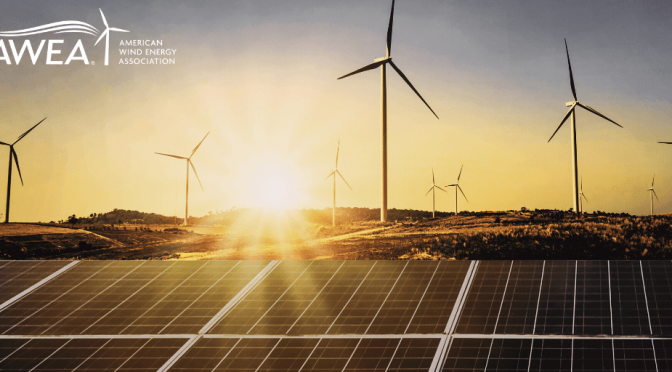While we can’t yet be sure what the Biden/Harris administration’s chief priorities will be, addressing climate change and environmental justice will likely be high among them. Renewables like solar and wind are at the heart of combating climate change, and New York is setting a strong example for the rest of the country on how to use these resources.
The Empire State has aggressively pursued policies that make meaningful climate progress while harnessing clean energy’s economic potential. Governor Cuomo signed the Climate Leadership and Community Protection Act into law in July 2019, positioning New York as a national leader with the strongest greenhouse gas reduction target of all 50 states.
New York’s targets include reducing statewide greenhouse gas emissions 85 percent by 2050, obtaining 70 percent of the state’s electricity from renewable sources by 2030, and achieving zero emissions by 2040. To meet these goals, New York aims to add 9,000 megawatts (MW) of offshore wind by 2035, 3,000 MW of storage by 2030, and 6,000 MW of distributed solar (the type that normally goes on rooftops) by 2025.
These marks are ambitious, but achievable, if New Yorkers adopt the right policy and regulatory mechanisms to bring the state’s wind and solar resources to fruition.
However, until now, the Article 10 process, which controls how energy projects are sited in the state, has been a roadblock for utility-scale wind and solar development in New York. The Article 10 process was originally designed to site fossil-fuel plants, and its rules don’t make much sense when applied to renewable energy. Fortunately, New York is working on a new process that, if done correctly, will result in commonsense regulation, speed up renewable energy deployment, and accelerate private investment and job growth at a time when New Yorkers need it most.
Earlier this year, the legislature passed the Accelerated Renewable Energy Growth and Community Benefit Act. The law created a first-in-the-nation Office of Renewable Energy Siting to streamline the siting process for large-scale renewable energy projects across New York, while delivering significant benefits to local communities.
Without these reforms, many affordable and carbon-free renewable energy projects will remain stuck in regulatory limbo, unable to move forward. If done correctly, the new process will reduce the overall time from project inception to commercial operation by three years, spurring investment in New York’s economy and helping reduce greenhouse gas emissions at the same time.
Importantly, the proposed process provides opportunities for local communities to participate. Renewable energy developers must meet with communities as part of the preapplication process, and both developers and towns will work together to identify any issues of concern.
So far, AWEA and other New York clean energy supporters have applauded all these steps, including the draft regulations. The Empire State has set itself on the right path, but now it’s time for concrete actions like these crucial siting reforms in order to achieve a cleaner and more prosperous energy future.
That’s why participating in this process is so critical. Everyone interested in creating a stronger economy and cleaner environment should review the draft regulations and participate in this critical process. The public comment period for the proposed regulations closes on December 7, in just a few days. Through that process, there is still time for New Yorkers to make their voices heard in support of adding more renewable energy to the state. You can weigh into this important process here or through the Office of Renewable Energy Siting website.
New York has a momentous opportunity to produce economic growth while also benefiting the country and the planet. To reap the environmental and economic benefits of a growing clean energy sector and avoid any unforeseen pitfalls, we need a regulatory process that is streamlined and properly tailored to handle the volume and types of projects proposed. But we also need to protect local interests and needs. Getting the Office of Renewable Energy Siting regulations correct will be a major step in the right direction.


